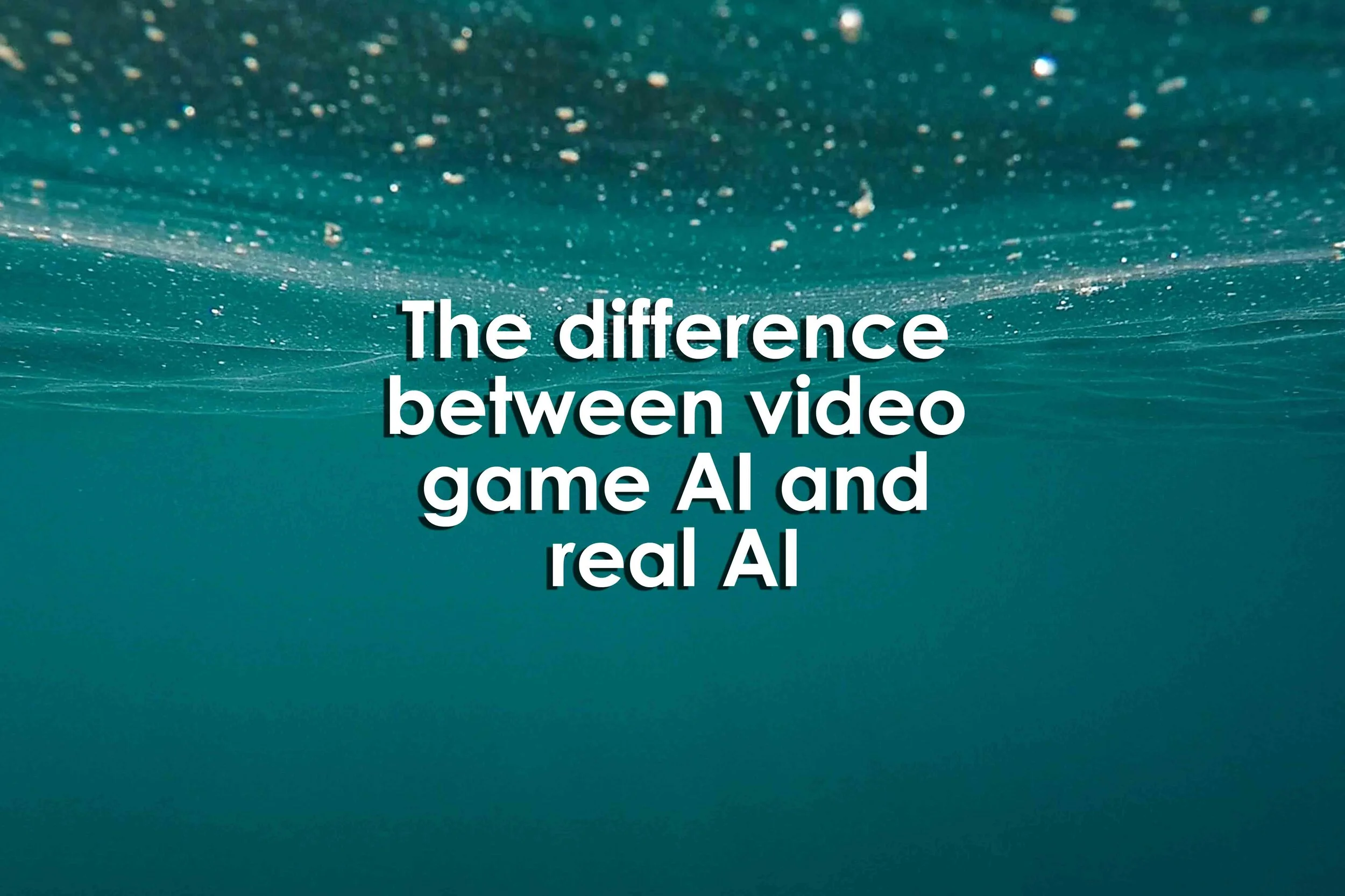The difference between video game AI and real AI
The difference between video game AI and real AI
The difference between video game AI and real AI
By Tristan Greene
August 10, 2020
Summary
Among the most common misconceptions surrounding machine learning technology is the idea that video games dating back to the 1970s and 1980s had built-in "Artificial intelligence" capable of interacting with a human user.
If you're curious but in a hurry, video game "AI," in the traditional sense, is not what people refer to in the modern era when they're talking about artificial intelligence.
The "Bots" in an online multiplayer game, the enemies in a first-person-shooter, and the CPU-controlled characters in old-school Nintendo games are not examples of artificial intelligence, they're just clever programming tricks.
At the risk of confusing things further, video game developers often use AI to create video games.
There's only so many things an agent can do in a video game, so it's usually more cost-effective and simple to just code an agent to perform certain tasks than it is to train a neural network to control the agent.
Perhaps in the future as games continue to expand in size and features it'll begin to make sense to create AI-powered agents to explore video game worlds in tandem with players.
One of the most popular forms of developing robust AI systems is to let models loose in video game worlds.
The purpose of such research has nothing to do with video game development.
Researchers observe AI models in gaming worlds because they're often physics-based, and that helps AI learn how the real world works.
Though the developers of both games likely used AI for myriad functions in their creation, the games themselves don't have an AI baked-in specifically to control NPCs, agents, monsters, allies, or bad guys.
Reference
Greene, T. (2020, August 10). A beginner's guide to AI: The difference between video game AI and real AI. Retrieved August 11, 2020, from https://thenextweb.com/neural/2020/08/10/a-beginners-guide-to-ai-the-difference-between-video-game-ai-and-real-ai/


